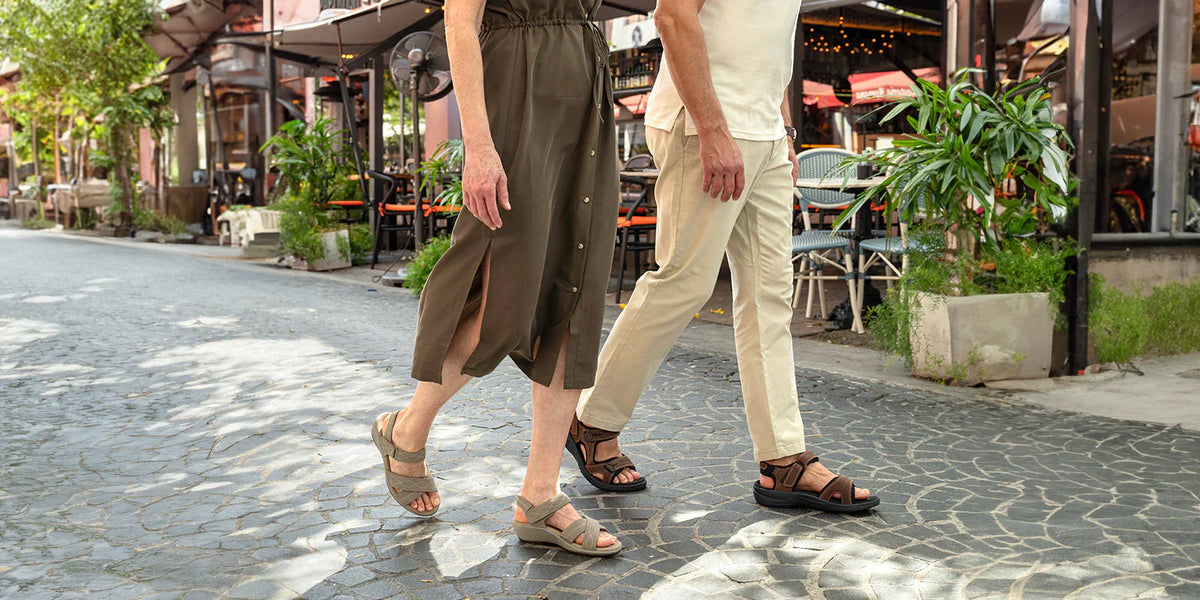The Orthofeet Blog
- All Posts
- All
- Arch Support
- Back Pain
- Bunion
- Diabetes
- Flat Feet
- Foot Pain
- Heel Pain
- Heel Spurs
- Hip Pain
- Knee Pain
- Plantar Fasciitis
- Swollen Feet

Vincent Lin / October 21, 2025
Can Stress Cause Burning Feet? Understanding the Connection
Can Stress Cause Burning Feet? Understanding the Connection
Read Post
Popular Articles
EXPERT CONTRIBUTORS
-
Pain on Outside of Foot: Orthopedic Shoes for Lateral Foot Pain
Medical information provided by Orthofeet Team / June 06, 2025Explore the common causes and treatments for pain on the side of the foot. Learn how the right footwear can help manage and prevent outside foot pain.Read More





